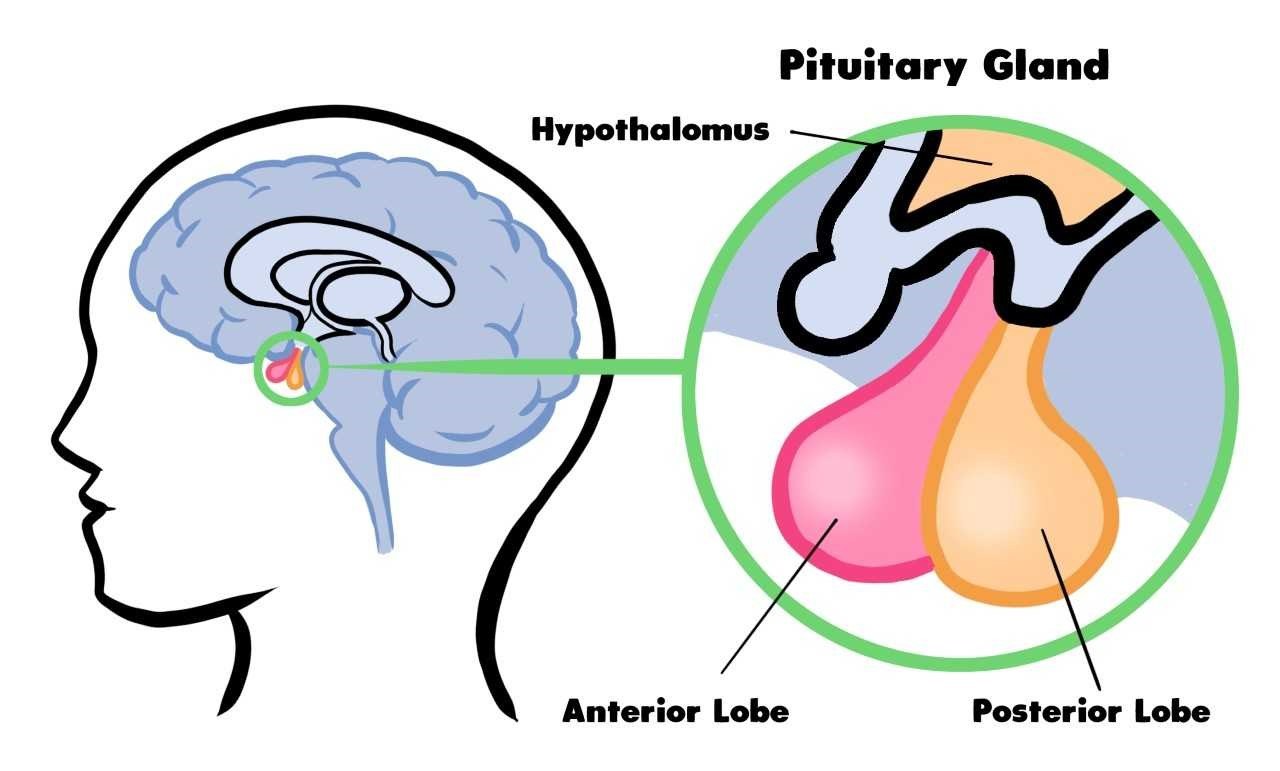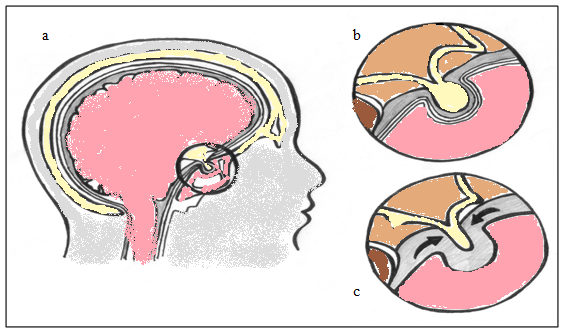1. Sandel ME, Delmonico R, MJ K. Sexuality, reproduction, and neuroendocrine disorders following TBI. In: Zasler ND, Katz DI, RD. Z, eds. Brain Injury Medicine: Principles and Practices. New York, NY: Demos Medical Publishing; 2007:673-695.
2. Sirois G. Neuroendocrine problems in traumatic brain injury. In:2009.
3. Makulski DD, Taber KH, Chiou-Tan FY. Neuroimaging in posttraumatic hypopituitarism. Journal of Computer Assisted Tomography. 2008;32(2):324-328.
4. Aimaretti G, Ambrosio MR, Benvenga S, et al. Hypopituitarism and growth hormone deficiency (GHD) after traumatic brain injury (TBI). Growth hormone & IGF research : official journal of the Growth Hormone Research Society and the International IGF Research Society. 2004;14 Suppl A:S114-117.
5. Lieberman SA, Oberoi AL, Gilkison CR, Masel BE, Urban RJ. Prevalence of neuroendocrine dysfunction in patients recovering from traumatic brain injury. Journal of Clinical Endocrinology and Metabolism. 2001;86(6):2752-2756.
6. Kelly DF, Gaw Gonzalo IT, Cohan P, Berman N, Swerdloff R, Wang C. Hypopituitarism following traumatic brain injury and aneurysmal subarachnoid hemorrhage: A preliminary report. Journal of Neurosurgery. 2000;93(5):743-752.
7. Benvenga S, Campenní A, Ruggeri RM, Trimarchi F. Hypopituitarism secondary to head trauma. Journal of Clinical Endocrinology and Metabolism. 2000;85(4):1353-1361.
8. Hadjizacharia P, Beale EO, Inaba K, Chan LS, Demetriades D. Acute Diabetes Insipidus in Severe Head Injury: A Prospective Study. Journal of the American College of Surgeons. 2008;207(4):477-484.
9. Bondanelli M, De Marinis L, Ambrosio MR, et al. Occurrence of pituitary dysfunction following traumatic brain injury. Journal of Neurotrauma. 2004;21(6):685-696.
10. Hannon MJ, Crowley RK, Behan LA, et al. Acute glucocorticoid deficiency and diabetes insipidus are common after acute traumatic brain injury and predict mortality. The Journal of clinical endocrinology and metabolism. 2013;98(8):3229-3237.
11. Olivecrona Z, Dahlqvist P, Koskinen LO. Acute neuro-endocrine profile and prediction of outcome after severe brain injury. Scandinavian journal of trauma, resuscitation and emergency medicine. 2013;21:33.
12. Schneider HJ, Kreitschmann-Andermahr I, Ghigo E, Stalla GK, Agha A. Hypothalamopituitary dysfunction following traumatic brain injury and aneurysmal subarachnoid hemorrhage: A systematic review. Journal of the American Medical Association. 2007;298(12):1429-1438.
13. INESSS-ONF. Clinical Practice Guideline for the Rehabilitation of Adults with Moderate to Severe TBI. Ontario Neurotrauma Foundation. https://braininjuryguidelines.org/modtosevere/. Published 2015. Accessed2019.
14. Rabinstein AA, Wijdicks EF. Hyponatremia in critically ill neurological patients. Neurologist. 2003;9(6):290-300.
15. ONF-INESSS. Clinical Practice Guideline for the Rehabilitation of Adults with Modarate to Severe TBI. 2016.
16. Capatina C, Paluzzi A, Mitchell R, Karavitaki N. Diabetes Insipidus after Traumatic Brain Injury. J Clin Med. 2015;4(7):1448-1462.
17. Dubiel R, Callender L, Dunklin C, et al. Phase 2 randomized, placebo-controlled clinical trial of recombinant human growth hormone (rhGH) during rehabilitation from traumatic brain injury. Frontiers in Endocrinology. 2018;9 (SEP) (no pagination)(520).
18. Hatton J, Rapp RP, Kudsk KA, et al. Intravenous insulin-like growth factor-I (IGF-I) in moderate-to-severe head injury: A phase II safety and efficacy trial. Journal of Neurosurgery. 1997;86(5):779-786.
19. Mossberg KA, Durham WJ, Zgaljardic DJ, et al. Functional Changes after Recombinant Human Growth Hormone Replacement in Patients with Chronic Traumatic Brain Injury and Abnormal Growth Hormone Secretion. J Neurotrauma. 2017;34(4):845-852.
20. Gardner CJ, Mattsson AF, Daousi C, Korbonits M, Koltowska-Haggstrom M, Cuthbertson DJ. GH deficiency after traumatic brain injury: Improvement in quality of life with GH therapy: Analysis of the KIMS database. European Journal of Endocrinology. 2015;172(4):371-381.
21. Devesa J, Reimunde P, Devesa P, Barberá M, Arce V. Growth hormone (GH) and brain trauma. Hormones and Behavior. 2013;63(2):331-344.
22. Moreau OK, Yollin E, Merlen E, Daveluy W, Rousseaux M. Lasting pituitary hormone deficiency after traumatic brain injury. J Neurotrauma. 2012;29(1):81-89.
23. Tan CL, Alavi SA, Baldeweg SE, et al. The screening and management of pituitary dysfunction following traumatic brain injury in adults: British Neurotrauma Group guidance. J Neurol Neurosurg Psychiatry. 2017;88(11):971-981.
24. Grossman AB. Clinical Review#: The diagnosis and management of central hypoadrenalism. J Clin Endocrinol Metab. 2010;95(11):4855-4863.

